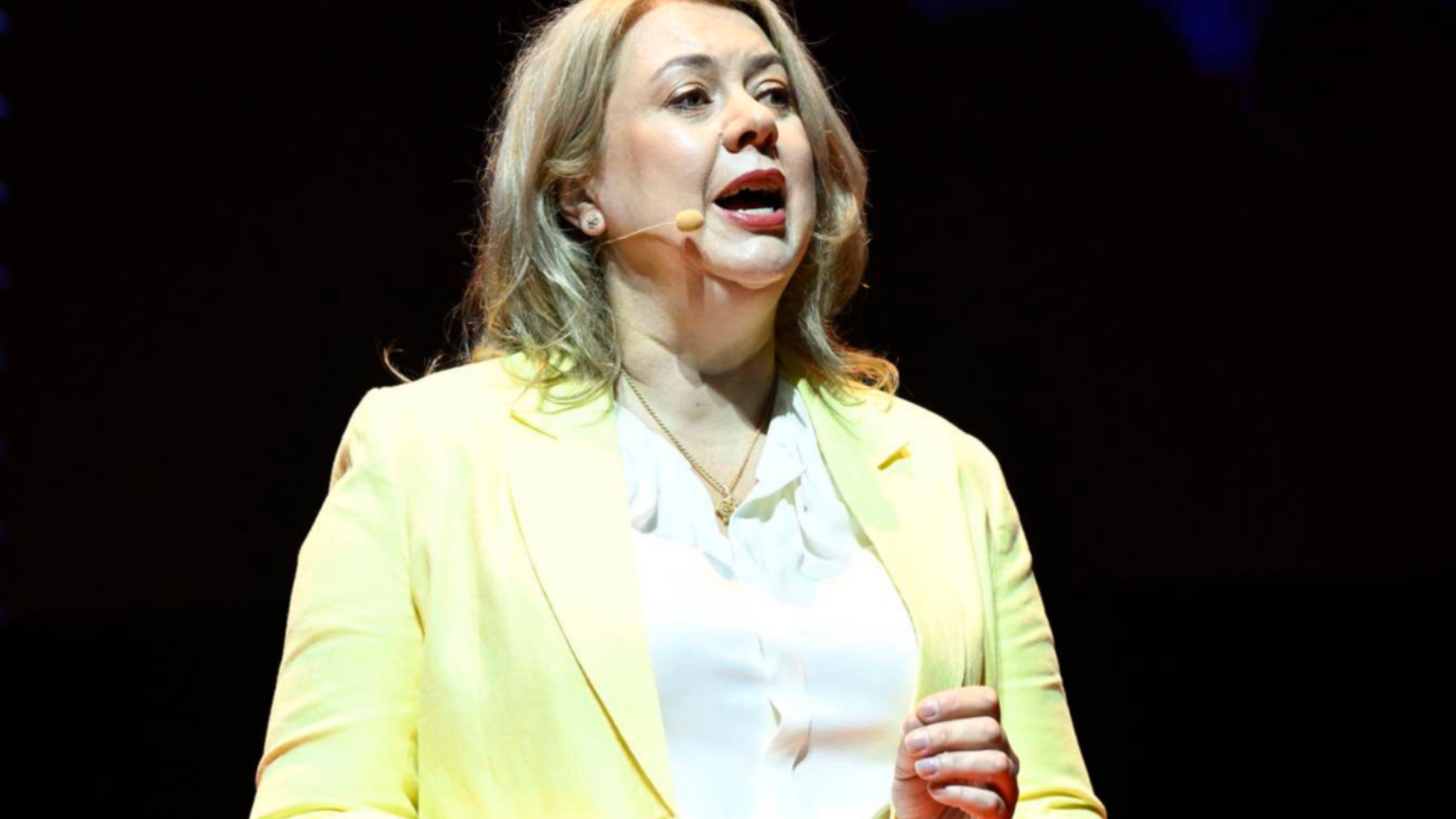Shhh… don’t mention the wealth: Family offices fret about online boasting
Family office representatives have flagged the increasing physical risk wealthy families are running as their children flaunt their wealth on social media for clout, with one highlighting physical harm as an “emerging” trend in Australia.
Younger members of wealthy families have become increasingly liberal with information about their family wealth on social media sites such as Instagram, Tik Tok and Facebook in recent years, with programs like ‘Rich Kids of Instagram’ fuelling a desire for young people to show off ubiquitous wealth.
According to Peter Roach, a senior consultant at JBWere’s family advisory division, this is putting their families at an increased risk of extortion or kidnapping.
“It’s not as significant a risk in Australia, fortunately, as it is overseas,” Roach said on a panel at the Stockholders and Investment Advisers Association (SIAA) annual conference recently. “But in surveys in the US, for wealthy families that have access to around $US250 million security was the number one issue. That wasn’t just data security, which is a significant issue for everyone, but it was physical security as well.”
As a result, Roach said, the more security-conscious families have become “very attuned” to restricting what they post on social media sites. “I think that’s going to become an emerging thing both overhear and in Australia as well,” he added.
According to Charlie Creswick, portfolio manager at The Table Club, a global network of family office representatives, younger generations are on social media “all the time”, with posts leaking information about family assets, location and security.
“I do worry that kidnapping, it is a legitimate concern,” Creswick told the audience. “And there have been cases on it.”
And while philanthropy and responsible investing are seen a positive developments, posting information about these endeavours can being its own set of risks, noted panel host Lachlan Maddock, editor of Investor Strategy News.
“They want to be more open about their philanthropy and their impact, but if it became apparent how much money they had versus how much they’re actually giving to these causes, there might be a little bit of social blowback,” Maddock said.
“That’s right,” responded the lead partner of KPMG Australia’s family business division, Robyn Langsford.
“Unfortunately, I think our society increasingly has a negative view of I guess, wealthy people and which is which in a number of cases is unjustified because if we didn’t have a private capital that we have to do a lot of the things that we could do as a society would be a lot worse off,” Langsford said.
“I was chatting to my colleagues in South Africa the other day and they can’t even talk about their family offices or conferences they’ve been to for that very reason.”
Family office benchmark
Creswick noted that the unofficial minimum level of investible assets for a family to enlist a dedicated family office team was $100 million.
“The figure of $100 million is usually discussed as a starting point,” he explained. “One per cent of asset value gives you a million dollars and that generates potentially a CFO, CIO and maybe some other support staff. As families get bigger they have sector specialists across asset classes, very similar to what you look at the larger institutional funds.”
Langsford said families contemplating a family office needed to weigh up the not only the costs involved, but the prospect of co-investing with family members on a long-term basis.
“But generally at least $100 million would [make it] worthwhile, she said,” she said. “You can do it for less if you’ve got a simpler structure [but] that’s not for everybody.”











